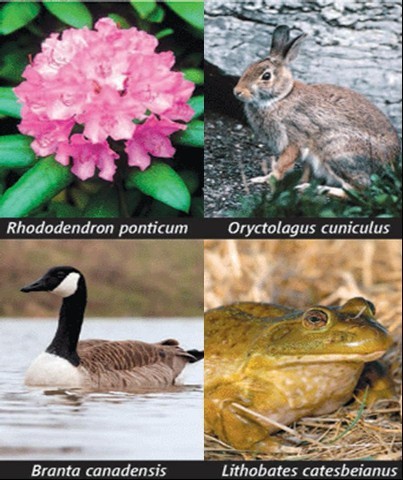Many alien taxa are known to cause socio-economic impacts by affecting the different constituents of human well-being (security; material and immaterial assets; health; social, spiritual and cultural relations; freedom of choice and action). Attempts to quantify socio-economic impacts in monetary terms are unlikely to provide a useful basis for evaluating and comparing impacts of alien taxa because they are notoriously difficult to measure and important aspects of human well-being are excluded or ignored. A novel standardised method for classifying alien taxa in terms of the magnitude of their impacts on human well-being is proposed, based on the capability approach from welfare economics. The core characteristic of this approach is that it uses changes in people's activities as a common metric for evaluating impacts on well-being. Impacts are assigned to one of five levels, from Minimal Concern to Massive, according to semi-quantitative scenarios that describe the severity of the impacts. Taxa are then classified according to the highest level of deleterious impact that they have been recorded to cause on any constituent of human well-being. The scheme also includes categories for taxa that are Not Evaluated, have No Alien Population, or are Data Deficient, and a method for assigning uncertainty to all the classifications. To demonstrate the utility of the system, impacts of amphibians were globally classified. These showed a variety of impacts on human wellbeing, with the cane toad (Rhinella marina) scoring Major impacts. For most species, however, no studies reporting impacts on human well-being were found, i.e. these species were Data Deficient. The classification provides a consistent procedure for translating the broad range of measures and types of impact into ranked levels of socioeconomic impact, assigns alien taxa on the basis of the best available evidence of their documented deleterious impacts, and is applicable across taxa and at a range of spatial scales. The system was designed to align closely with the Environmental Impact Classification for Alien Taxa (EICAT) and the Red List, both of which have been adopted by the International Union of Nature Conservation (IUCN), and could therefore be readily integrated into international practices. Methods in Ecology and Evolution Doi 10.1111/2041-210X.12844
http://onlinelibrary.wiley.com/doi/10.1111/2041-210X.12844/full








 ¡Abierta convocatoria para proyectos de investigación en la ICTS- Doñana!
¡Abierta convocatoria para proyectos de investigación en la ICTS- Doñana!


